DIY Raised Garden Beds: A Cost-Effective Way to Elevate Your Gardening in 2025
Related Articles: DIY Raised Garden Beds: A Cost-Effective Way to Elevate Your Gardening in 2025
- Delicious Breakfast Ideas Without Eggs 2025 Quick Easy Breakfast Ideas To Go 2025
- Clever 50th Birthday Gift Ideas 2025 Pizza Topping Combination Ideas 2025
- Clouds And Jets Baby Shower Idea 2025 Poster Ideas For Projects 2025
- Cute Outfits Drawing Ideas 2025 Quick And Easy Paleo Breakfast Ideas 2025
- Decorating Ideas For Top Of Kitchen Cabinets 2025 Quick Cheap Meal Ideas 2025
Introduction
With enthusiasm, let’s navigate through the intriguing topic related to DIY Raised Garden Beds: A Cost-Effective Way to Elevate Your Gardening in 2025. Let’s weave interesting information and offer fresh perspectives to the readers.
Table of Content
Video about DIY Raised Garden Beds: A Cost-Effective Way to Elevate Your Gardening in 2025
DIY Raised Garden Beds: A Cost-Effective Way to Elevate Your Gardening in 2025
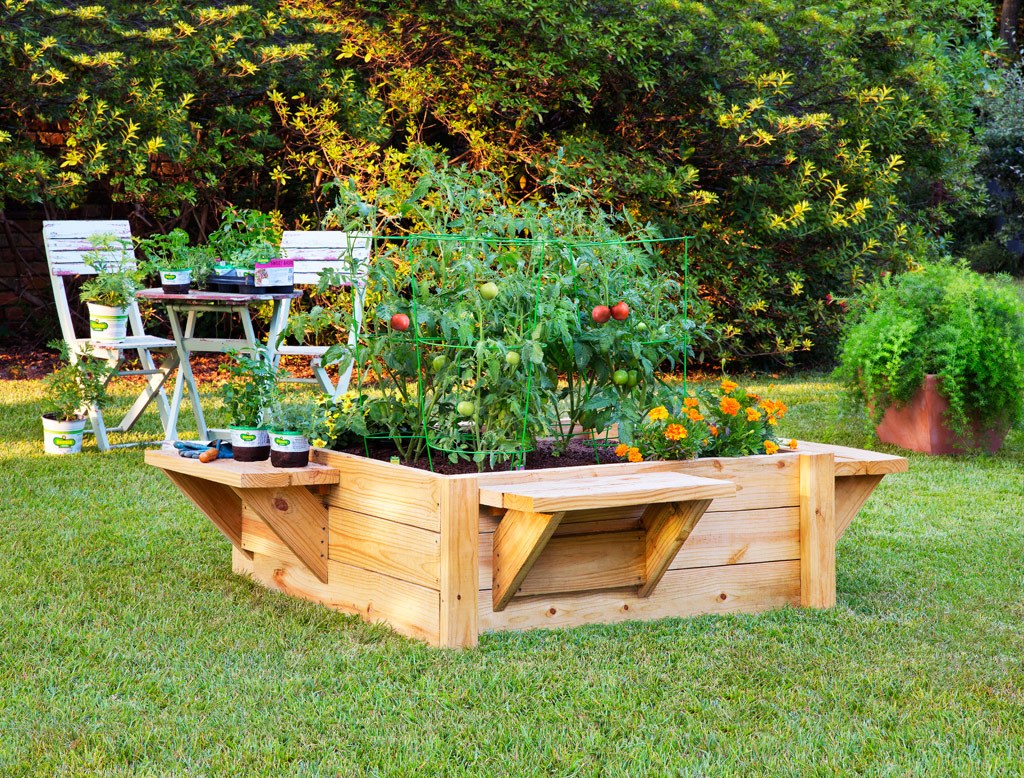
Gardening has become increasingly popular in recent years, offering numerous benefits such as improved health, increased food security, and a connection to nature. However, traditional gardening methods can be labor-intensive and require ample space, which may not be readily available in urban or suburban areas.
Raised garden beds present an innovative solution to these challenges. Elevated above the ground, these beds provide better drainage, aeration, and warmth, resulting in healthier and more productive plants. Additionally, they can be customized to fit any available space, making gardening accessible to everyone.
In this comprehensive guide, we will delve into the world of DIY raised garden beds, exploring the various materials, designs, and construction techniques that will empower you to create your own cost-effective and highly efficient garden.
Materials for Raised Garden Beds
The choice of materials for your raised garden bed will depend on factors such as durability, cost, and availability. Here are some of the most commonly used materials:
- Wood: Cedar, redwood, and cypress are popular choices for raised garden beds due to their natural resistance to rot and decay. However, they can be more expensive than other materials.
- Composite Lumber: Made from a combination of recycled plastic and wood fibers, composite lumber offers durability, resistance to pests and rot, and a low-maintenance finish.
- Concrete Blocks: Concrete blocks are a sturdy and affordable option for raised garden beds. They are easy to assemble and can be painted or stained to enhance their appearance.
- Bricks: Bricks are another durable and attractive option for raised garden beds. They are relatively easy to work with and can be arranged in various patterns to create unique designs.
- Pallets: Wooden pallets can be repurposed into raised garden beds, providing a cost-effective and sustainable solution. However, they may require additional reinforcement to ensure durability.
Design Considerations
When designing your raised garden bed, consider the following factors:
- Size: Determine the size of the bed based on the available space and the amount of produce you want to grow. A typical raised garden bed is 4 feet wide, 8 feet long, and 12 inches deep.
- Shape: Raised garden beds can be rectangular, square, or even circular. Choose a shape that complements your available space and aesthetic preferences.
- Height: The height of the raised garden bed should allow for comfortable gardening without excessive bending or reaching. A height of 12-18 inches is generally recommended.
- Drainage: Ensure that your raised garden bed has adequate drainage holes to prevent waterlogging and root rot.
Construction Techniques
Building a raised garden bed is a relatively straightforward process that can be completed in a few hours. Here are the general steps involved:
- Prepare the Site: Clear the area where you want to build the raised garden bed and level the ground.
- Assemble the Frame: Cut the materials to the desired length and assemble the frame using screws, nails, or bolts.
- Install the Base: Line the bottom of the raised garden bed with landscape fabric or cardboard to suppress weeds and improve drainage.
- Fill the Bed: Fill the raised garden bed with a mixture of topsoil, compost, and organic matter to create a nutrient-rich growing medium.
- Add Plants: Choose plants that are suitable for your climate and growing conditions and plant them in the raised garden bed.
Real Making Money Ideas for 2025
Raised garden beds not only provide a cost-effective way to grow your own food but also present opportunities to generate income. Here are a few ideas to consider:
- Sell Surplus Produce: If you grow more produce than you can consume, consider selling the surplus at local farmers’ markets or through online platforms.
- Offer Gardening Services: Provide gardening services such as bed preparation, planting, and maintenance to individuals or businesses who lack the time or expertise.
- Create a Subscription Box: Curate a subscription box filled with fresh produce, gardening supplies, or recipes from your raised garden bed.
- Host Gardening Workshops: Share your gardening knowledge and skills by hosting workshops on topics such as raised bed gardening, composting, and pest management.
- Start a Community Garden: Collaborate with your neighbors to create a community garden where individuals can rent raised garden beds and share resources.
Conclusion
DIY raised garden beds offer a multitude of benefits, including improved plant growth, space optimization, and cost savings. By choosing the right materials, designing the bed according to your needs, and following the construction techniques outlined in this guide, you can create a thriving garden that will provide fresh produce and potential income-generating opportunities for years to come.

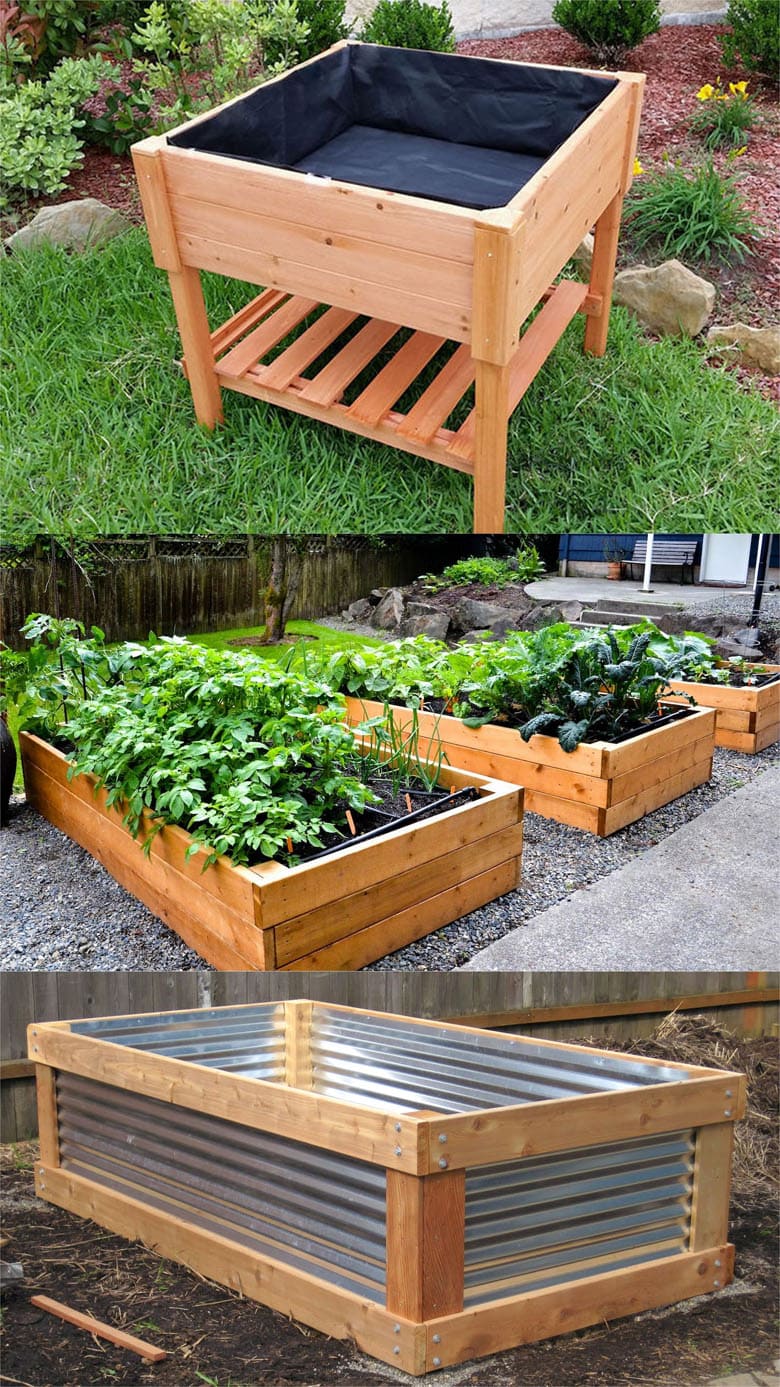
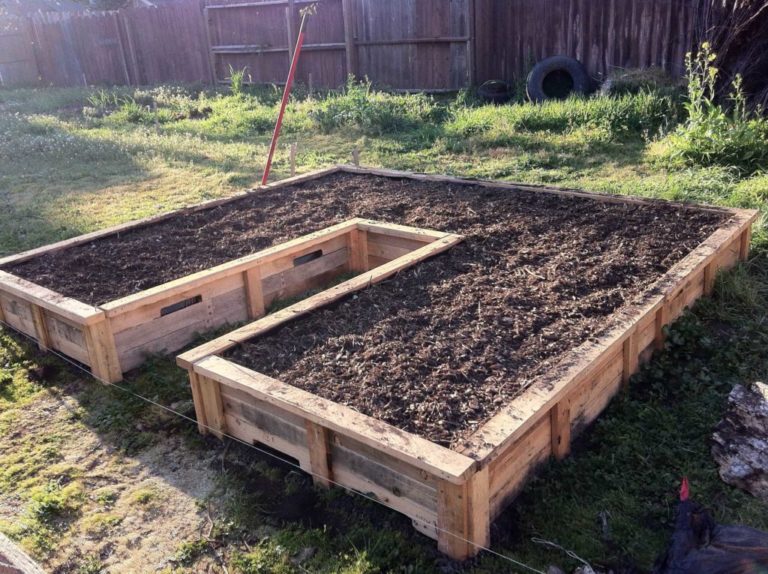



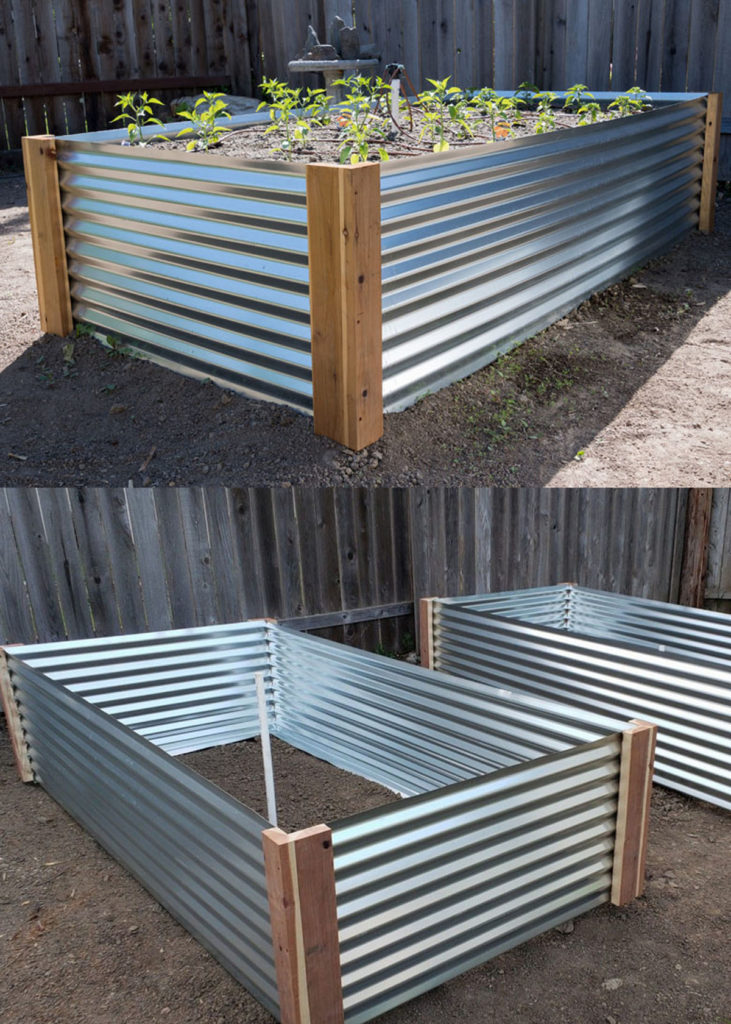
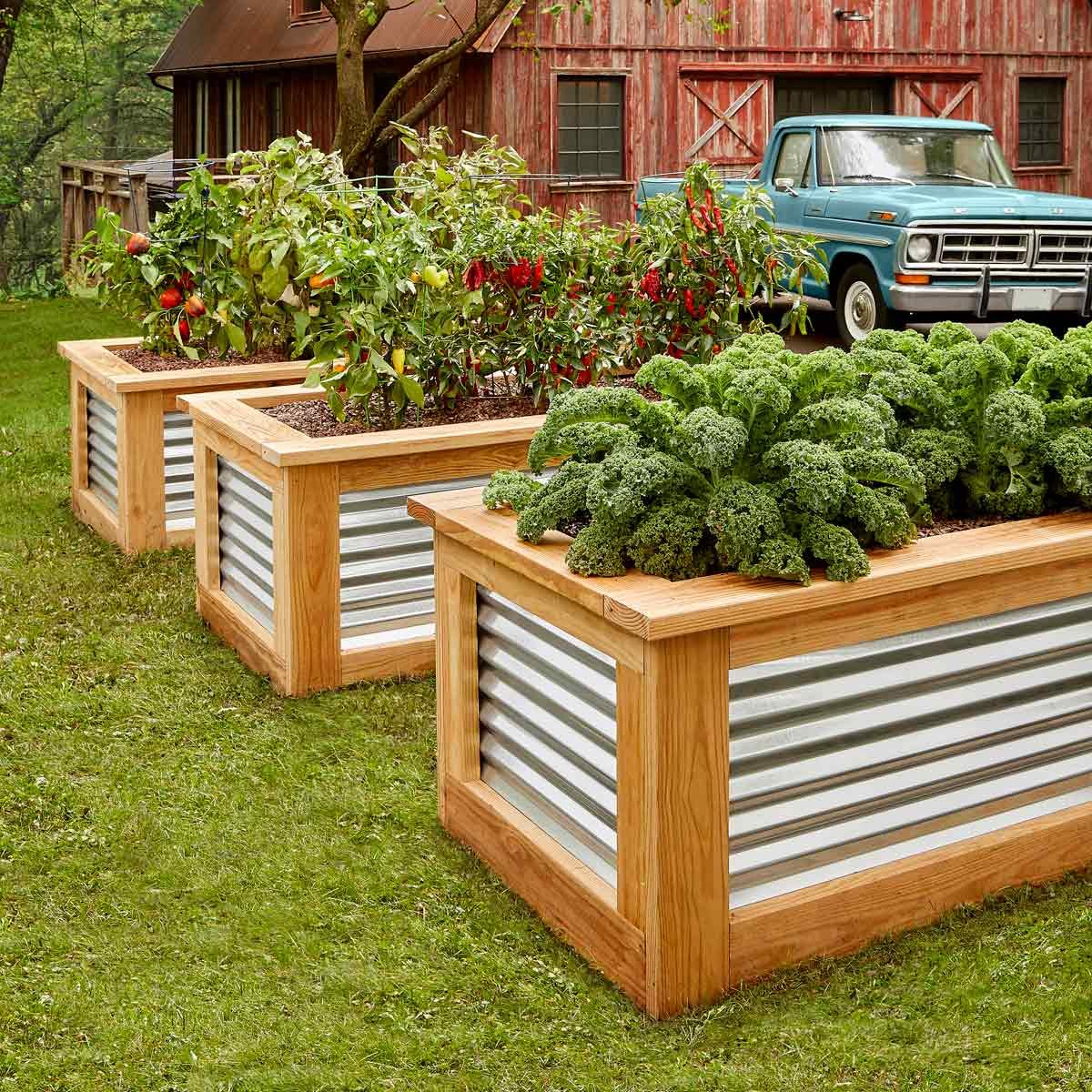
Closure
Thus, we hope this article has provided valuable insights into DIY Raised Garden Beds: A Cost-Effective Way to Elevate Your Gardening in 2025. We thank you for taking the time to read this article. See you in our next article!